How we detect cosmic rays
Cosmic ray detectors are particle detectors that use the same fundamental principle: a particle does not become evident until it interacts with the material of the experimental apparatus measurably or decays into other detectable particles. This occurs through the transfer of part or all of the energy of the particle(s) that cross(es) the detector volume, subsequently converted into some other form more accessible to human "perception". The type of detector will determine the form of energy conversion. By measuring the fundamental properties of particles (such as mass and electrical charge) and by taking conservation laws into account, we will be able to identify particles and determine their direction of arrival, for example.
Direct detection using electrometers and Geiger-Müller counters
The electroscope was one of the first instruments used to detect one of the fundamental properties of matter: the presence of electrical charges. Using an electroscope, the effect of an electrostatic force (Coulomb's Law) is observed through the movement of a test object over it, to identify whether the object is electrified. However, the electroscope can only give an approximate indication of the amount of charge; for a quantitative measurement of electrical charge, an electrometer is used.
Flights in manned balloons allowed the direct detection of cosmic rays using electrometers. A standard electrometer (see Figure 5) is made of two thin conductive sheets of very small mass suspended on an electrode. When the electrode is charged, the leaves have charges of the same sign and repel each other. The greater the charge, the further the leaves move apart, thus indicating the amount of ionization.
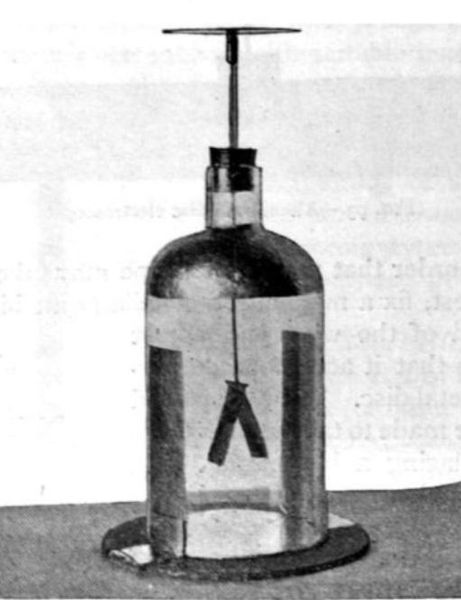
Figure 5: Image of a standard electrometer from the beginning of the 20th century.
Image credits: CERN Document Server - "1912 – 2012: a century of studying cosmic rays".
In the "Wulf electrometer" (see Figure 6), the electrometer sheets are replaced by two conductive wires, which allows small amounts of charge to be measured. The "heart" of the "Wulf electrometer" is a pair of quartz fibers.
They are attached at the bottom to another curved quartz fiber, which acts as a spring. By adjusting the tension on this spring, the sensitivity of the electrometer can be controlled. The distance between the two fibers is measured using a microscope, which is fixed to the circumference of the device. Theodor Wulf transported an electrometer of this type to carry out experiments at the Eiffel Tower.
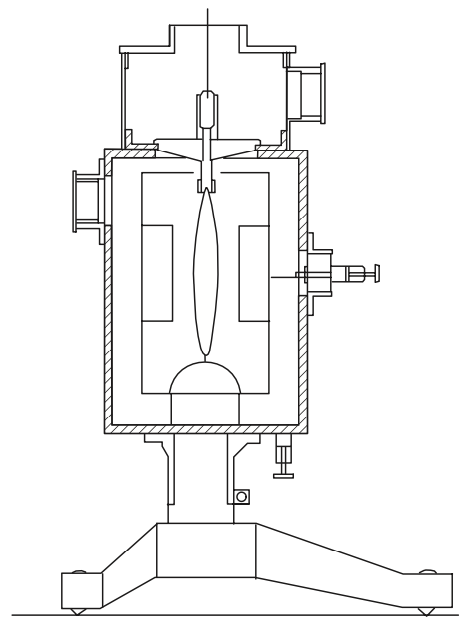
Figure 6: Wulf electrometer.
At the beginning of the 20th century, the electrometer was the standard instrument to study radioactivity and air conductivity. It was known that radioactivity ionizes air (or gases in general) and, therefore, would sensitize an electrometer if it were near a radioactive source. Consequently, transporting electrometers to higher altitudes to study cosmic rays was the experimental research strategy at the time.
The next advance was achieved by Hess in 1912 when using sealed electrometers in balloon flights (see Figure 4 in the section "The Pioneers"). With this condition, the particle number density inside the device was kept constant, despite variations in ambient temperature and air pressure during the balloon ascent. Hess took special care with the experimental conditions: he used a Wulf electrometer associated with an ionization detector and considered meteorological variables (pressure, temperature, humidity), which required additional instrumentation to be carried on board the balloon. In his paper "On the observation of penetrating radiation in seven balloon campaigns" (V. Hess, Physikalische Zeitschrschift 13, 1084 (1912)), Hess carried out measurements with three independent electrometers during the flight.
Electroscopes were replaced by a new type of detector: Geiger-Müller tubes. In 1929, Hans Geiger and Walter Müller developed a gas-filled ionization detector - a tube that records individual charged particles. This Geiger-Müller counter was used to study high-energy cosmic rays in balloon flights.
See the Additional Information / Small Lexicon / Cosmic Thesaurus tab to learn more about the concept of ionization.
In a Geiger-Müller tube, the detector commonly takes the form of a cylindrical outer casing (cathode) filled with gas and sealed, having a thin central wire (anode) maintained at a positive voltage of kV relative to the cathode. , as illustrated in Figure 7. The envelope gas is generally argon at a pressure of less than 0.1 atm plus a small amount of vapor. If a gamma ray interacts with the Geiger-Müller tube (mainly with the wall via photoelectric effect or Compton scattering), it will produce an energetic electron that can pass through the interior of the tube. Ionization along the primary electron path results in low-energy electrons that will be accelerated toward the central wire by the strong electric field. Collisions with the gas inside the tube produce excited states ( 11.6 eV) that decay with the emission of an ultra-violet photon and electron-ion pairs ( 26.4 eV for argon ). The new electrons, plus the original, are accelerated to produce an ionization cascade known as the Townsend avalanche. The multiplication factor for an avalanche varies between to . The emitted photons can directly ionize gas molecules or strike the cathode wall, releasing additional electrons that quickly produce more avalanches. Thus, a dense layer of ionization is propagated along the central wire in both directions, away from the region of initial excitation, producing what is called a Geiger-Müller discharge.
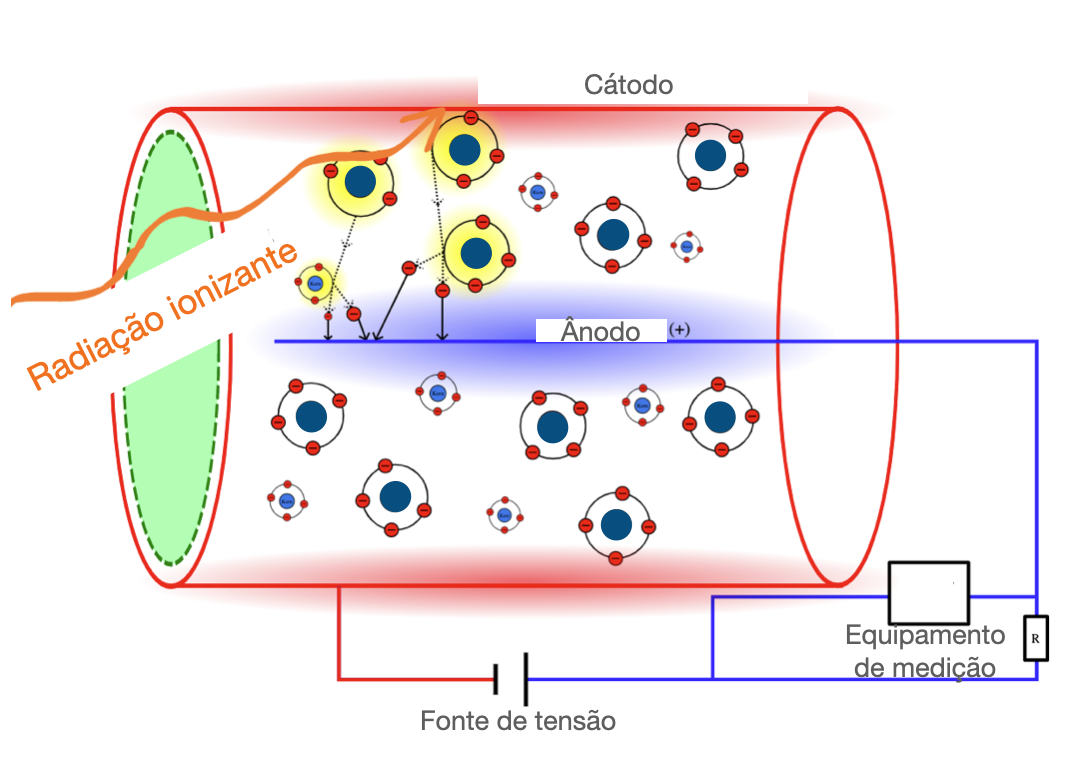
Figure 7: Illustration of the operating principle of a Geiger-Müller counter.
An essential step towards unmanned balloons with automatic reading measuring devices was the invention of the Geiger-Müller tube coincidence technique.
See the Additional Information / Small lexicon / Cosmic Thesaurus tab to learn more about the concept of coincidence.
In the work "The nature of the high-altitude radiation" (W. Bothe and W. Kolhörster, Zeitschrift für Physik 56, 751 (1929)), Bothe and Kolhörster describe the use of two Geiger-Müller tubes operated in coincidence with a metal absorber between them, and how the intensity of the penetrating radiation was measured as a function of the thickness of the absorbing material. A gamma ray only triggers a Geiger counter if it removes an electron from an atom. Observation of coincident signals suggests that a cosmic gamma ray produced two electrons or that a single electron triggered both counters. To test whether it was an electron that had triggered the two counters, Bothe and Kolhörster positioned a 4 cm thick piece of gold between them to absorb the electrons expelled from the atoms. They found that the rays were unaffected and concluded that cosmic rays were made up of electrically charged particles and were not gamma rays. For his discovery of the coincidence technique, W. Bothe received the Nobel Prize in Physics in 1954.
Auguste Piccard's manned flights to explore the stratosphere not only allowed the development of instrumentation for research into the nature of cosmic rays but also laid the groundwork for modern aviation.
A. Piccard made modern aviation and space exploration possible by inventing the pressurized cabin and the stratospheric balloon, as shown in the records in Figures 8 and 9. Always testing his inventions, he made the first two ascents to the stratosphere (reaching altitudes of 15,780 meters in 1931 and 16,201 meters in 1932), during which he studied cosmic rays and became the first man to witness the curvature of the Earth with his own eyes. For the first time, a human being had entered the stratosphere and proved that it was possible to survive for a long time above the level of 5,000 meters, considered at the time an impenetrable barrier.
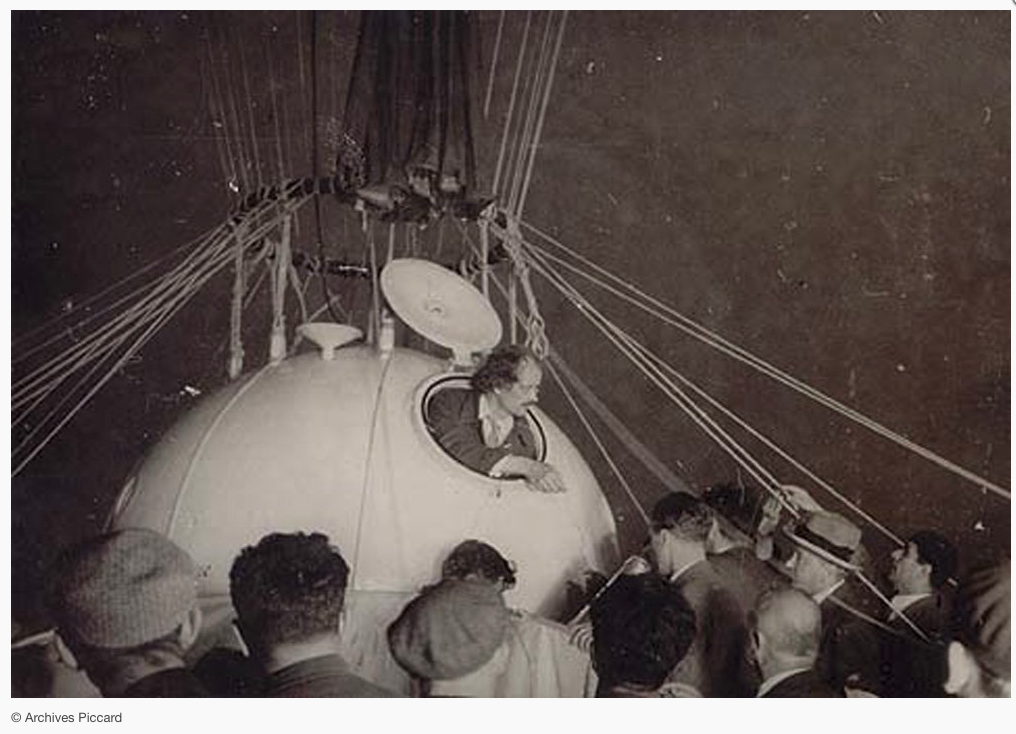
Figure 8: Pressurized cabin invented by Auguste Piccard.
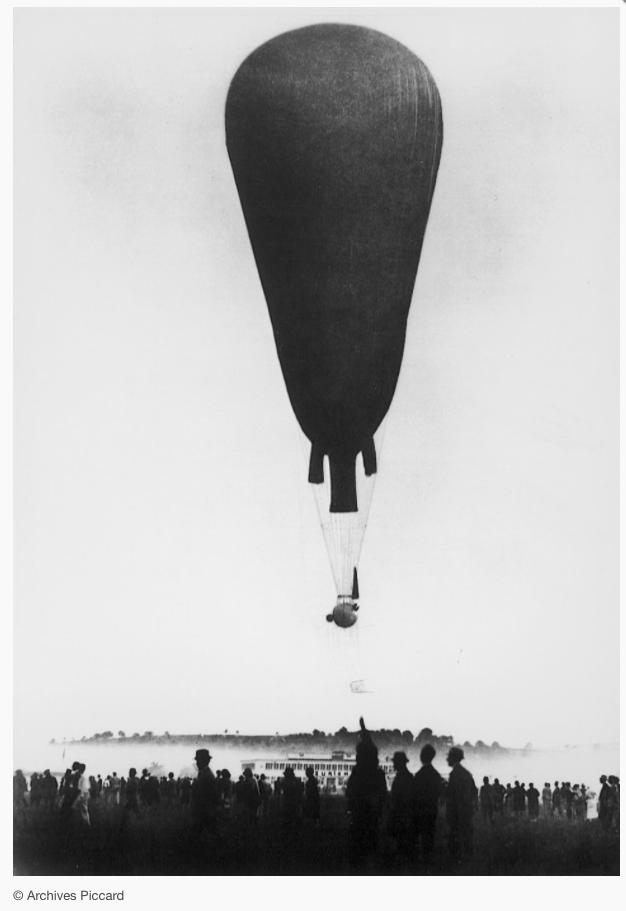
Figure 9: View of the ascent of a stratospheric balloon lifting a pressurized cabin, both invented by Auguste Piccard.
Image credits: Bertrand Piccard -changer d'altitude.
A few years later, balloons were able to reach the stratosphere with manned flights reaching 23,000 m in pressurized cabins. Other flights reached 30,000 m using probes (radio transmission devices) that carried Geiger-Müller counters for ionization detection, as well as photographic emulsions for determining traces – a kind of first-generation "space laboratory".
Cloud chamber and the discovery of the positron
Trace detectors are devices used to track the trajectory of electrically charged particles as they pass through and interact with the device material. Among many trace detectors that contributed to cosmic ray research, we highlight the cloud chamber and the photographic emulsion plates, responsible for the discoveries of the positron and the meson, respectively.
See the Supplementary Information / Small Lexicon / Cosmic Thesaurus tab to learn more about the trace detector and the Supplementary Information / Anatomy of Cosmic Particles / The Standard Model of Particle Physics tab to learn more about the positron and the meson.
The Wilson chamber (cloud chamber) that appears in the photo in Figure 10 consists of a container with supersaturated vapor (currently alcohol vapor is used), to the point that any changes in pressure or temperature can make the vapor become liquid. In the cloud chamber, when the plunger is pulled back quickly, the gas and vapor in the chamber expand. The resulting drop in temperature is sufficient for the vapor to condense around any ions present in the gas. Later, cloud chambers were combined with magnetic fields to deflect particles (electrical charge studies).
The great contribution of the inventor of the cloud chamber, Charles Thomson Rees Wilson (1869 - 1959), was the realization that in the absence of dust, droplets would be formed around electrically charged particles, enabling the study of particle trajectories through photographs and with this, conclude about its nature. For his work, Wilson received the Nobel Prize in Physics in 1927.
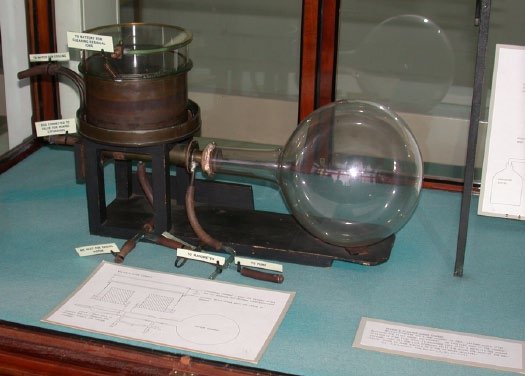
Figure 10: Cloud chamber, or Wilson chamber.
The discovery of the positron, the first antiparticle of matter to be identified (in 1932 by Carl Anderson), was carried out through a cloud chamber – as shown in Figure 11. He had built a cloud chamber to determine the composition of cosmic rays. The instrument included a magnet, which allowed Anderson to determine whether passing particles had a positive or negative charge, and a lead plate to slow the particles. Anderson took hundreds of photos of traces coming from cosmic ray particles, but was intrigued by a trace left by "something positively charged and with the same mass as an electron." Highlighted in Figure 11, we see a 15 cm diameter chamber that Anderson used. Under a magnetic field of 15000 Gauss, a 63 MeV positron passes through a 6mm thick lead plate, leaving it with an energy of 23 MeV. After nearly a year of effort and observation, he concluded that the traces were antielectrons, each produced alongside a cosmic ray impact electron in the cloud chamber. Paul Dirac had predicted the existence of such an antiparticle in 1931, and in 1936 Anderson was awarded the Nobel Prize in Physics for his discovery.
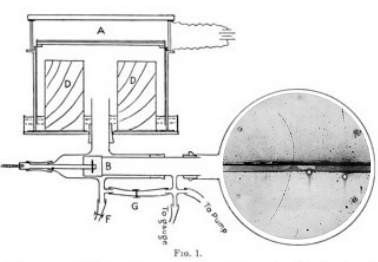
Figure 11: Assembly of the cloud chamber and the discovery of the positron by Anderson in 1933.
Photographic emulsions and the discovery of the meson
Light, when falling on a photographic emulsion, produces submicroscopic changes that become visible after chemical treatment. The same principle was widely used in the 1930s and 1940s for studies of cosmic rays at mountain altitudes or aboard balloons. When fast particles pass through a photographic emulsion, submicroscopic changes occur as an effect of the interaction of radiation with matter.
Between 1947 and 1948, Brazilian physicist César Lattes carried out important work studying cosmic rays, establishing the existence of the meson. The discovery of the meson represented a fundamental step towards understanding the mechanism that maintained the atomic nucleus and which certainly could not be electrical, since protons repel each other.
In 1935, Hideki Yukawa proposed a theory to explain nuclear interactions. He suggested the existence of a still unknown particle, with a mass about 200 times that of the electron, which could be emitted and absorbed by protons and neutrons. The exchange of this particle between the constituents of the atomic nucleus would produce a short-range attraction between them, which could explain nuclear stability. Because it has a mass intermediate between that of the electron and the proton, it was called a “meson”. These particles could only exist for a very short time and would disintegrate outside the atomic nucleus after just a billionth of a second.
In 1937-38, Carl D. Anderson and Seth H. Neddermeyer found in cosmic radiation signs of something that appeared to be the Yukawa meson: it had a suitable mass and was disintegrating in the predicted way. For almost ten years, it seemed that everything fit together and that there was a good theory about the constitution of matter. In 1947, however, this tranquility was overturned. It turned out that the Anderson and Neddermeyer meson did not behave as predicted.
To be able to explain nuclear interactions, mesons should be strongly absorbed by protons and neutrons. It was therefore expected that they would be easily captured by matter. However, a group of Italian researchers (Marcello Conversi, Ettore Pancini, and Oreste Piccioni) observed that mesons that had been found in cosmic radiation could pass through hundreds of atomic nuclei without undergoing any changes. They had a very weak interaction with protons and neutrons, contrary to what was expected.
In 1946, a team of researchers from Bristol (England), under the direction of Cecil F. Powell, was studying the traces produced by nuclear reactions in photographic emulsions. By analyzing the tracks left there by protons and other charged particles, it was possible to determine their energy and mass. Beppo Occhialini and César Lattes analyzed some emulsions of a new type, which had been placed on the top of a mountain in the French Pyrenees (the Pic du Midi). When developing and analyzing the emulsions, they observed a large number of traces left by particles that they initially interpreted as being already known mesons. However, after a few days of study, two special traces were found: traces of mesons that slowed down and stopped; From the end of these traces sprouted a trail of a new meson. To obtain more data, Lattes traveled to Bolivia and placed several nuclear emulsions at the top of Mount Chacaltaya, at an altitude of 5,500 meters. In them, it was possible to find around 30 traces of double mesons. By studying these traces, it was possible to determine the mass of the mesons and realize that there were two types of particles, with different masses. There was one type of meson that was about 30% to 40% heavier than the other. It disintegrated and produced the lighter meson. The secondary particle was the one that was already known from the studies of Anderson and Neddermeyer and came to be called the meson (currently, it is called a muon). The primary, heavier meson was something new and unknown and was called the meson (also called a pion). Lattes, Muirhead, Occhialini, and Powell published their findings in the magazine Nature in the May 24, 1947 issue. Further studies showed that the meson had a strong interaction with the atomic nucleus, possessing the characteristics required by Yukawa's theory.
Figure 12 shows one of the mesons observed by Lattes in 1947. In the Standard Model, the pion is composed of two quarks () that through the mediation of the boson, (mediating particle of the weak force), decay into positive muon, leptons, and muon neutrino.
Image credits: César Lattes and the discovery of the pi meson.
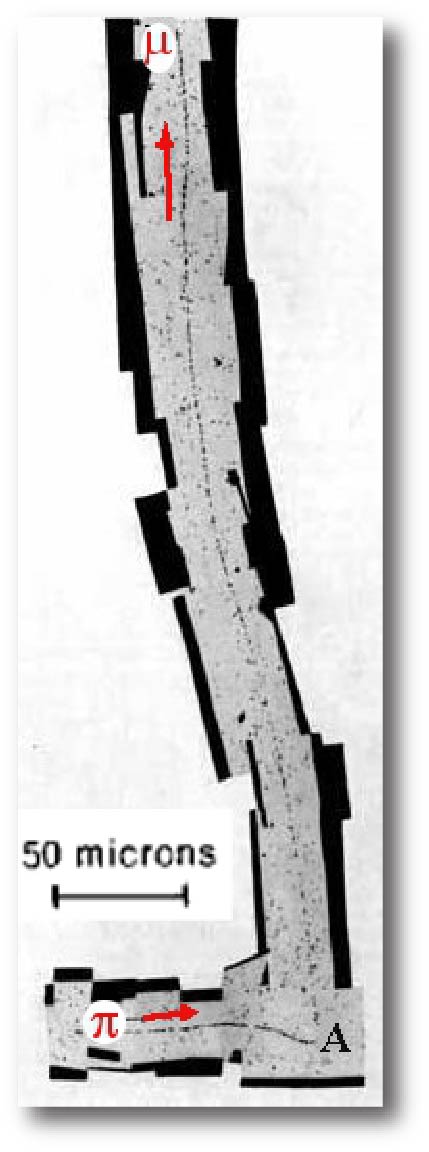

Figure 12: Records of the photographic emulsion that presents one of the pions observed by Lattes in 1947.
In late 1947, Lattes left Bristol with the intention of trying to detect artificially produced pions in the 184-inch cyclotron that had begun operation in Berkeley, California. The results of Lattes' work showed that mesons were indeed being produced. Two articles describe the detection method and results, the first referring to negative mesons, the second to positive mesons ("Production of Mesons by the 184-Inch Berkeley Cyclotron", Science 107 (1948), 270-1; John Burfening, Eugene Gardner, and C.M.G. Lattes, "Positive Mesons Produced by the 184-Inch Berkeley Cyclotron", Phys. Rev. 75 (1949)). Using the reach of the pions and their curvature in a magnetic field, it was possible to estimate the masses to be approximately 300 electron masses ($m{\pi} \approx 300 \times m_{e}$).
Scintillators, photomultipliers and SiPMs
In our Cosmic detector, when muons pass through a material called a scintillator, particles of light (photons) are produced and transformed into an electrical signal through one or more SiPM detectors (acronym in English for silicon photomultiplier). The signal sent by SiPMs is proportional to the sum of all detected photons.
The word “scintillation” originates from the Latin scintillare and means “to shine” or “to flash”. Therefore, a scintillator is the component of a detector that glows when a cosmic particle passes through it. Our Cosmic detector uses organic scintillators like those in Figure 13 and the material they are made of interacts with charged particles like cosmic muons. The atoms of the scintillator material are excited by particle impacts and after a short period, the excess energy is released again in the form of blue/ultraviolet light (during the transition from the excited state back to the ground state).
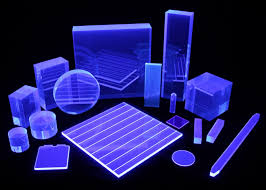
Figure 13: Plastic scintillators of various geometric shapes.
Image credits: Plastic Scintillators - Eljen Technology.
The light emitted when a particle passes through a scintillator must be observed using a light collection device. Traditionally, a scintillator is usually attached to photomultiplier tubes (PMTs), as shown in Figure 14, but these devices are large, require high voltages, and are expensive.
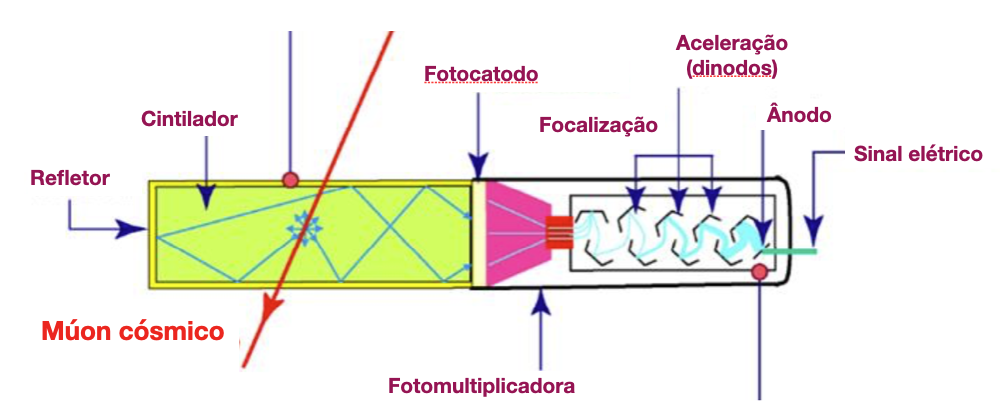
Figure 14: Principle of detection of a cosmic muon by the photomultiplier-scintillator system.
In our Cosmic detector we use an electronic photosensor component called SiPM (silicon photomultiplier), instead of a photomultiplier, as shown in the illustration in Figure 15. The signal that a SiPM delivers is proportional to the sum of all detected photons and each component is composed of several pixels. The pixels themselves are so-called avalanche photodiodes. They can detect individual photons and convert them into an electrical signal. Combining several of these pixels in one component - as in a SiPM - offers several advantages over conventional PMTs: they allow for compact detector design, they require only a low reverse bias voltage (positive voltage for the cathode, negative voltage for the anode ), have a peak sensitivity in the blue region where most scintillators emit much of their light, and are only a few millimeters thick with a cross-sectional area equal to the size of the photocathode.
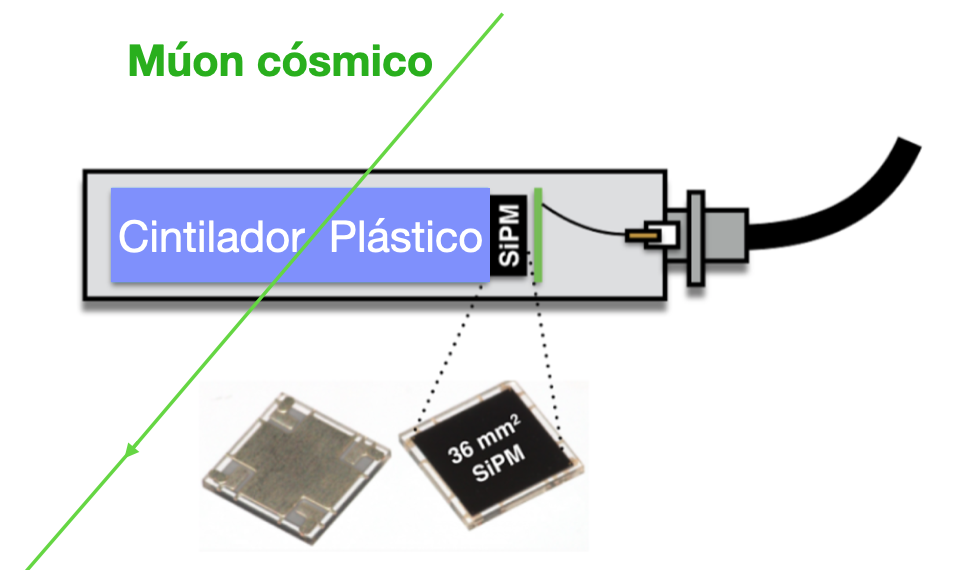
Figure 15: Principle of detection of a cosmic muon by the SiPM-scintillator system.
An avalanche photodiode is a component that can detect photons and convert them into a measurable current through amplification. If multiple avalanche photodiodes are connected, this is called SiPM.
The structure of an avalanche photodiode is similar to that of a single photodiode. The main difference is the insertion of an additional p layer, which allows the signal to be amplified like an avalanche. An avalanche photodiode consists of a sequence of p-i-p-n layers as shown in Figure 16. Each semiconductor layer has special properties:
p layer: a region with free positive charge carriers (also called holes). The material was mixed (doped) with other atoms that have a smaller number of external electrons. As a result, not all bonds are occupied, and "positive gaps" remain in the semiconductor.
n layer: in contrast to the p layer, more free electrons are present in this region also due to doping. The material is doped with other atoms that have one more external electron. In this way, each additional mobile electron is available in the crystal structure of the semiconductor.
Layer i: intrinsic or intrinsically conductive layer. Due to lattice defects, weakly bonded electrons are present. Photons with sufficient energy can release these electrons, which allows them to move freely in the material.
Basically, the measurement begins when photons are absorbed in layer i, as shown in the first diagram in Figure 16. If a photon reaches this layer, electrons are released from the solid network structure by the internal photoelectric effect. This results in the formation of electron-hole pairs.

Figure 16: Working principle of a photodiode.
[Text and figure adapted from School Lab - Cosmic Particles, Deutsches Elektronen-Synchrotron DESY A Research Center of the Helmholtz Association.](https://www.desy.de/school/school_lab/zeuthen_site/cosmic_particles/glossar/index_eng. html?selected=A#_avalanche_photo_diode)
With the insertion of the additional p layer, a p-n junction with very high electric fields is created. The free electrons in the i layer, therefore, move towards the p-n layer, as shown in the central diagram in Figure 16.
The third diagram in Figure 16 illustrates accelerated electrons and more secondary electrons that are produced via impact ionization. These electrons are in turn accelerated again, thus producing more electrons. This cascade-like generation of secondary electrons in avalanche diodes allows for the detection of single photons.